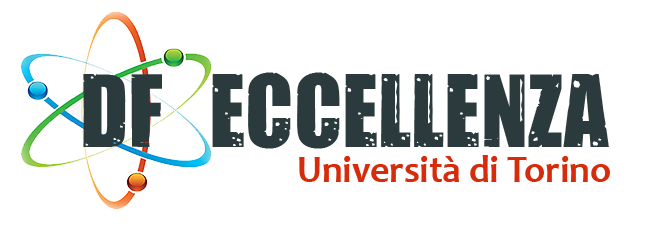WP1 aims at developing innovative sensors and detectors in a vast range of different fields such as bio-medical physics, materials science, cultural heritage, nuclear physics and astro-particle physics. This highly inter-disciplinary WP is therefore characterized by a strong technological content with appealing industrial applications, and is organized into two main lines of action (i.e. WP1a and WP1b).
WP1a is oriented towards the development of devices and sensors based on innovative materials, which will enable the implementation of advanced methodologies in quantum technologies, biophysics, cultural heritage and (opto)electronics.
In the field of quantum technologies, a state-of-the-art multi-elemental ion implanter is going to be installed at the Solid State Physics laboratory, which will allow the multi-parametric defect engineering of wide-bandgap semiconductors (diamond, SiC, GaN, etc.) for the development of innovative single photon sources and quantum sensors. The ion implanter will operate in synergy with the recently established class 10’000 cleanroom installed with the support of the “Open Access Lab” program of the University of Torino, thus allowing for the fabrication of devices in highly controlled environments compliant with industrial standards. Complementarily with this substantial effort in material fabrication, the “Department of Excellence” project attracted additional support from both local (“PiQuET”) and European (“SIQUST”, “BeCOMe”) projects, which will support the quantum-optical characterization of these systems for applications in quantum cryptography, quantum imaging and quantum sensing. A number of students in Physics and Materials Science at different levels (bachelor, master and PhD) and of visiting scientists are contributing to this research activity, which will include the finalization of the installation of the ion implanter, as well as the development of advanced methodologies for the quantum-optical characterization of defects in solid state at cryogenic temperatures.
In the field of bio-sensing, innovative diamond-based devices were developed taking advantage of the technologically appealing properties of this material. Different family of sensors were fabricated allowing the investigation of a wide field of topics: from the study of the cell-to-cell communication in order to identify the causes of neurodegenerative diseases (i.e. Parkinson disease, Alzheimer disease) recording both electrical and chemical signals, to the radiobiology experiments monitoring simultaneously and in real-time the irradiation dose and the cellular activity. Moreover, nanometric particles dedicated to the drug-delivery were created using diamond crystals with a diameter lower than 100 nm. These particles were opportunely modified adopting ion beam technologies that guarantee the possibility to engineer their optical properties in synergy with surface functionalization. The support of the “Department of Excellence” project contributes to strengthen ongoing collaboration and to establish new ones. Several students of the degree in Physics and Materials Science, as well as PhD students and of visiting scientists, are taking part in the advance of diamond sensing technology in this field of research.
In the field of superconducting and semiconducting oxides, the focus is on the interaction of these materials with high-flux density X-ray radiation. The final goal consists in controlling the functional changes induced in different irradiation conditions to develop the novel concept of direct-writing, photoresist-free X-ray nano-patterning as a useful method to fabricate new devices. Besides the long-standing cooperation with international programs like the European Synchrotron Radiation Facility in Grenoble, France, this activity of the “Department of Excellence” project has also triggered synergies with local projects like “SAX”, where it has been possible to acquire a high-brilliance X-ray laboratory source, which makes it possible to explore the way to realize X-ray nano-patterning on a University laboratory scale. Visiting scientist and students at different levels have been attracted to collaborate to the project about these materials taking advantage of the sample preparation (e.g. the cleanroom) and characterization (i.e. electronic, cryogenic) facilities at our Department. Unexpected developments of this activity on superconducting materials have highlighted their importance also as anti-bacterial agents, leading to the activation of a dedicated European project (BIOMB) in the framework of the M.ERA-NET calls.
In the field of Cultural Heritage new instrumentations are in the development phase. A new laboratory for X-ray imaging, exploiting also the phase contrast, have been set up in the frame of a local project (“SAX”) for application in the field of material science and it can be fruitfully employed also on Cultural Heritage materials. Moreover, in collaboration with INFN, a new portable instrument to carry out X-ray imaging (radiography and tomography), elemental analysis (XRF) and photogrammetry on artworks and archaeological finds of medium-small dimensions is in the final phase of realization, in collaboration with two important museums in Turin (local project: NEXTO). Thanks to the research activities with the academic spin-off Tecnart, a fruitful collaboration with Japanese institutions have been set up, leading to the RISE European Project BE-ARCHAEO (2019-2022), allowing Japanese and European archaeologists and scientists to work together and exchange experience and competencies since the first step of the archaeological research, i.e. the archaeological excavation. A number of PhD students from the European Program Tech4Culture (H2020-MSCA-COFUND) are working on topics of interest in the field of physics applied to Cultural Heritage.

